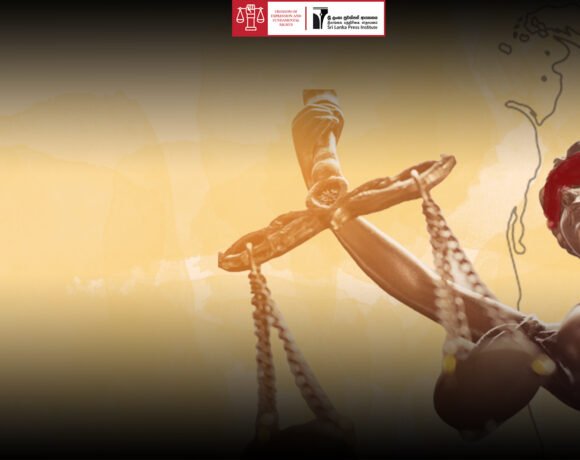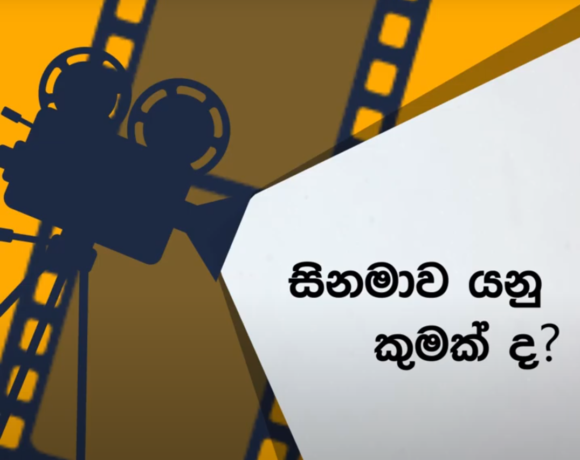
Can Sri Lanka Provide Access to Online Education for All?
Dilhani Thanthirimudalige
Education is a deep rooted part of the life and culture of Sri Lankans. The recorded history of education systems goes back to as early as 6BC. The modern education system was pioneered during the British rule. After Independence Sri Lankan leaders introduced free education for all under the control of the Education Ministry. The constitution of Sri Lanka assures that all citizens are entitled to equal access to free education. The constitution also assures the eradication of illiteracy. There are 10,169 government established schools with a student population of 4.3 million between the ages of 5-17 attending school. The number of private schools amounts to 118 with 139,070 students and there are also 796 Piriven (monastic) schools.
According to the government census of 2015 and 2017 there is 96.3% literacy rate among the adult population and 28.3% are computer literate. This is a satisfactory average by regional standards and it shows that education is a key element for Sri Lankans.
However, Sri Lanka’s education was badly affected by the Covid-19 pandemic in 2020. The entire student population was forced to stay at home. Therefore, many alternative methods such as online classrooms through Microsoft Teams, Zoom and other applications were tried out to keep the momentum of learning. These 2-3 hours of the online classroom was popular among the private schools and several government schools throughout the lockdown period. However, this has not been the story of every student as some schools and students alike are not equipped or geared to benefit from distance learning. As a result, online education has been deemed a failed method for the majority of children belonging to rural and low-income groups.
When education is not accessible
The disruption in education can have long term implications beyond the loss of learning. It is feared that the school dropout rate may increase and thereby reduce the future income of such students who already belong to low-income families. In the long run, this will widen the gap between the rich and the poor and may lead to further social issues. The aim of leaving no one behind in education by providing equal access to everyone under the prevailing condition is a necessity.
Maintaining our national concept: “Education for All”
With the looming uncertainty of not knowing when the Covid-19 pandemic will end, chances are that online education may continue. Therefore the Sri Lankan government will have to make some serious decisions to improve online learning opportunities for every child which is a massive task to take on. This venture may need thorough research and the knowledge of experts in the fields of education and technology with dedicated efforts to spread out distance learning in a manner that even the poorest student could reach and engage in learning.
Looking at Distance Education Differently
Online teaching is a novel experience and teachers need more skill, knowledge and facilities to conduct virtual classes effectively. Some teachers think distance learning is ineffective and wait for schools to reopen for face-to-face interactions. Students too, depend on note-taking and are not geared for independent learning and self-studying. In such a backdrop online learning should be strengthened by using some best practices of countries such as the United States who have been practicing Massive Open Online Courses (MOOCs) long before the Pandemic. Questions about the relevance of Sri Lanka’s education system have been emerging in different foras time and again. It is the opinion of some parents and teachers that the education system itself is too rigid and competitive and needs to be revised.
The pandemic has created a window of opportunity for systemic change and thereby for schools to adjust to the technology-driven revolution that has been accepted well by students and teachers in other countries. This may also create a demand for attitude changes that start with teacher training programmes, where online and other distance teaching methods and best practices are included. In this context getting the support of technical experts to develop programs that assist teachers in organizing lessons, grading assignments and even guiding them to optimize the standards of teaching would keep teachers and students connected and the learning process more effective.
Much is expected for 2021
There are communities of people in rural areas yet living under primitive conditions with no electricity, no internet access and no devices such as computers, tablets and the software needed to participate in online learning activities. These are challenges that children from low-income households face and need to be addressed if education is to continue with a pandemic that is fast spreading and expected to stay longer.
Although the ministry is gearing to begin school in January 2021 it is very unlikely that parents will send their children with the prevailing health hazards considering the lack of transparency and assurance that safety is guaranteed. The authorities wanting to reopen school are working in cubicles covered in polythene wanting no exposure or contact with others. How do they expect children to be safe in packed classrooms? Looking at the budget allocation of a mere 126 billion with over Rs.102 billion towards recurrent expenditure and around 23 billion towards capital expenditure, a notable decrease in allocations for education considering the new challenges in the face of a pandemic. How will the ministry take on the added responsibilities of the massive revamp needed to make every child’s education a priority?
As the world embarks on a decade of action to meet the 2030 Sustainable Development Goals on the theme of “Equality and Justice”, will Sri Lanka be able to make education accessible to all children by providing equal access and quality education for effective learning outcomes even if schools continue to be closed?








